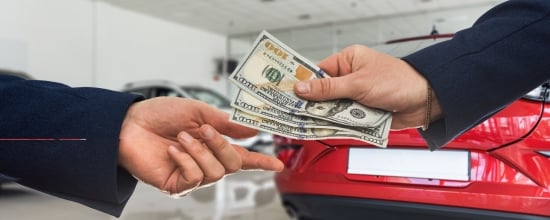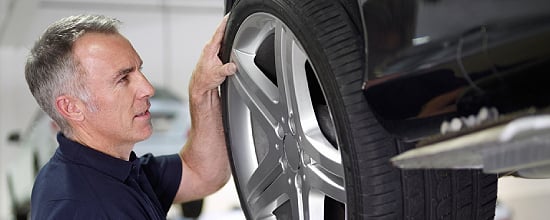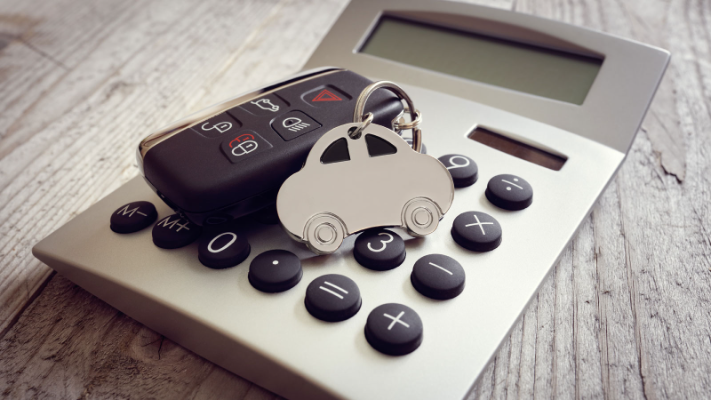What are Subprime Auto Loans?
Subprime auto loans are special financing options for people with low credit scores or little credit history. Think of them as a helping hand when traditional loans aren't available, but with a catch—they come at a higher cost. Subprime loans have higher interest rates because lenders see borrowers with low credit as a greater risk.
The term "subprime" really came into the spotlight during the 2007-2008 subprime mortgage crisis. Even though the number of subprime lenders dropped after the Great Recession, they've made a comeback. For many borrowers with poor credit, these loans are the only way to buy a car, despite the higher fees and rates.
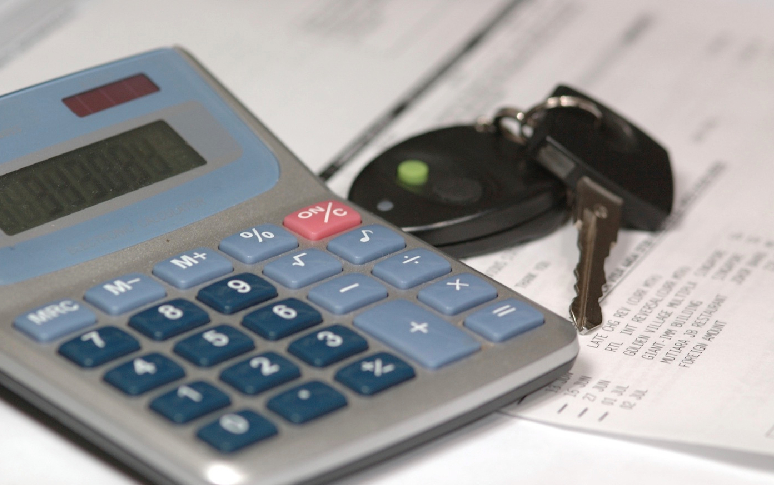
Who Qualifies for a Subprime Auto Loan?
There's no strict rulebook that defines who gets a subprime auto loan, but generally, borrowers with a credit score between 580 and 619 fall into this category. Remember, FICO scores range from 300 to 850, so subprime scores are on the lower end of the spectrum.
When applying, lenders will want to see proof of your income. If you have a regular job, pay stubs or tax forms like W-2s or 1099s usually do the trick. But if your income is harder to prove, you might need to show bank statements that prove you regularly deposit money. Some might be more flexible, while others stick strictly to traditional proof of income.

How do Subprime Auto Loan Rates Compare?
Subprime auto loan rates can be shockingly high compared to loans for borrowers with good credit. In 2024, for example, a new-car loan for a super prime borrower (credit score 781-850) had an interest rate of 5.61%, while a subprime borrower (credit score 501-600) faced a rate of 11.86%. For used-car loans, the difference was even starker, with super prime borrowers getting 7.43% and subprime borrowers hitting 18.39%.
These rates aren't set in stone, though. They can vary depending on the lender, the type of vehicle you're buying (new or used), and the length of the loan. Using an auto loan calculator can help you understand exactly how much you'll pay each month and over the life of the loan. It's like having a personal financial assistant that shows you the true cost of borrowing.

The Risks of Subprime Auto Loans
Subprime auto loans come with several risks that borrowers need to be aware of. One major risk is the high cost. With interest rates so much higher than prime loans, you could end up paying thousands of dollars more over the life of the loan. It's like buying a small item at a store and realizing later that you paid double the regular price.
Another risk is prepayment penalties. Some lenders charge you if you want to pay off the loan early. This might seem unfair, but lenders do it to protect themselves from losing out on the interest they expected to earn. Additionally, if you fall behind on payments, your car could be repossessed, and your already-struggling credit score could take an even bigger hit.
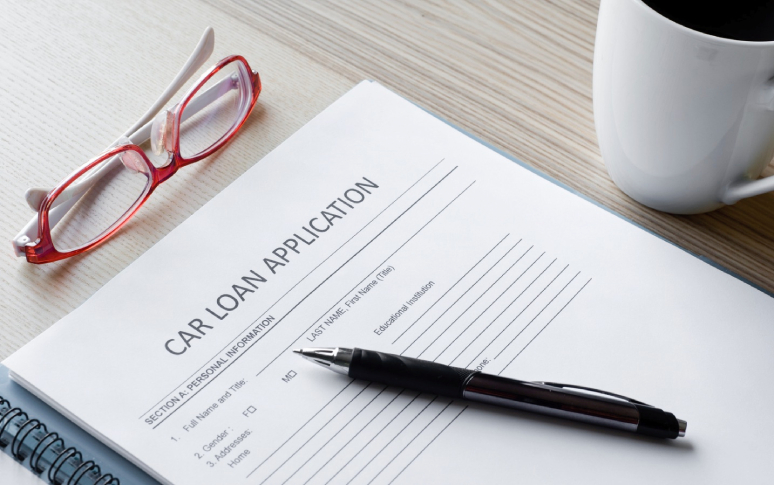
Benefits of Subprime Auto Loans
Despite the risks, subprime auto loans also offer some benefits. For many borrowers, it's the only way to get a car. Imagine living in an area where public transportation is scarce, and you need a vehicle to get to work, take your kids to school, or run errands. A subprime loan can make that possible.
Moreover, making timely payments on a subprime auto loan can actually help improve your credit score over time. It's like building a good reputation from scratch. If you manage the loan well, it shows future lenders that you're responsible, and you might be able to qualify for better loans in the future.
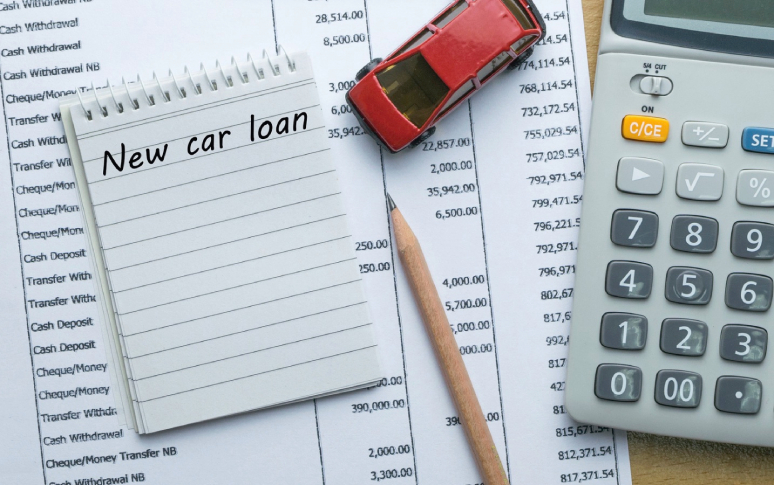
How to Shop for the Best Subprime Auto Loan?
Shopping for a subprime auto loan requires a bit of effort, but it can save you a lot of money. First, check your credit score and credit reports from Equifax, Experian, and TransUnion. Knowing where you stand can help you set realistic expectations.
Then, compare offers from multiple lenders, including banks, credit unions, and online lenders. Don't just look at the interest rate—check the loan terms, fees, and prepayment penalties. Some lenders might offer lower rates but have hidden fees that add up. It's like shopping for a plane ticket; you need to look at all the costs, not just the base fare.

Steps to Improve Your Chances of a Better Loan
If possible, it's a good idea to improve your credit score before applying for an auto loan. Paying off existing debts, making sure you pay all your bills on time, and keeping your credit card balances low can all help boost your score.
You can also consider getting a secured credit card, which is a type of card that requires a cash deposit. Using it responsibly and making timely payments can help build your credit history. Taking these steps might take some time, but it can lead to significant savings on your auto loan in the long run.
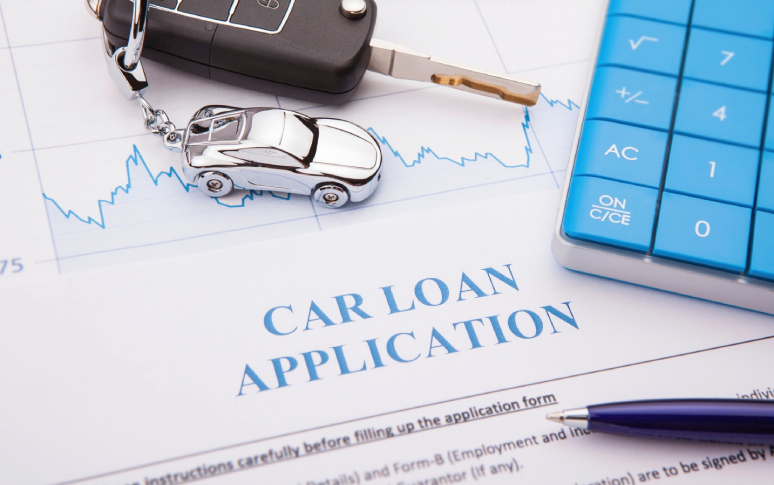
What to do After Getting a Subprime Auto Loan?
Once you've gotten a subprime auto loan, it's important to stay on top of your payments. Set up automatic payments if possible to avoid missing any due dates. If you're having trouble making a payment, contact your lender immediately. Many lenders are willing to work with you and might offer options like a temporary payment plan adjustment.
Also, keep an eye on your credit score. As you make regular payments on your loan, your score should start to improve. Once it does, you might be able to refinance your loan at a lower rate, saving you money over the remaining life of the loan.


